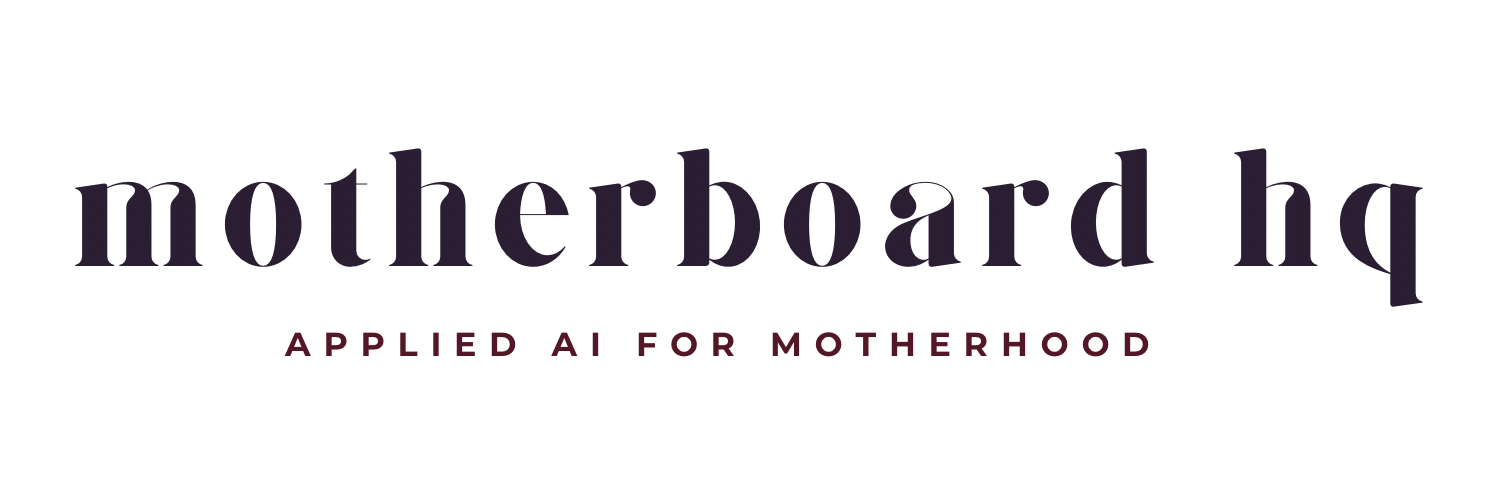The Nap Transition Nobody Warns You About: 3-to-2 Naps Survival Guide
Your 6-month-old suddenly fights the third nap but melts down without it. Welcome to nap transition hell. Here's how to survive it without losing your mind.

Shifting from three naps to two might feel like a minor schedule change — but for many families it becomes a full-blown sleep crisis.
This guide breaks down why that transition is so tricky, what typically gets missed, and walks you through a ChatGPT-prompt based system to manage it calmly and strategically.
While my boy is still vibing with his 3 naps, I’ve analyzed dozens of parent discussions, developmental sleep studies, and AI-prompt workflows—then distilled what works into practical tools you can use tonight. So basically, I did all the work so you don’t have to!
Why the 3-to-2 Nap Transition Messes Everything Up
When your baby moves from three naps to two, several things collide:
- The wake window before the final nap (and before bedtime) stretches significantly.
- Afternoon nap drops often trigger a late nap drift or no nap at all.
- Evening overtiredness sets in before bedtime, causing early awakenings or resistance.
- Developmental changes (mobility, separation anxiety, teething) intensify just as the routine changes.
In short: your baby’s brain and body are rewiring at the same moment you’re trying to adjust their schedule. That’s why the transition feels catastrophic.
What Most Sleep Advice Misses
Typical posts say: “Drop a nap,” “Adjust bedtime,” “Watch wake windows.”
But they often skip the systems part — how to track, test, and iterate when you’re exhausted.
You need more than advice. You need a framework that allows you to experiment safely and make decisions when you’re (let’s be real) half asleep.
This is where ChatGPT prompts become a tool — not a gimmick — because they offload decision-fatigue and clarify your next move at 3 p.m. when you’re already spiraling.
How to Use ChatGPT for the Transition
Here’s how to structure your prompt workflow:
- Define the specific scenario (age, naps so far, current wake windows, problem).
- Ask for a layered plan — not just “drop a nap” but “here’s how to transition over 3 nights.”
- Ask for a parent script — something you can say at the crib/bath time when things go sideways.
- Save your versions — keep a folder of successful prompts so you reuse them when the next regression hits.
Below are five tested prompts you can plug into ChatGPT tonight.
Prompts to Manage the 3→2 Nap Transition
Prompt 1: Diagnose the Current Routine
“My [age]-month-old is currently on 3 naps but seems to be resisting the afternoon nap. Bedtime is slipping past 8 PM. Please help me identify the most likely schedule bottlenecks during a 3-to-2 nap transition and what to adjust first.”
Why it helps: It clarifies what’s broken before you just guess another bedtime time.
Prompt 2: Create a 5-Night Transition Plan
“Create a gentle 5-night plan for moving from three naps to two. Include suggested wake windows, nap timings, bedtime, and a short parent cue script for when the baby resists the second nap.”
Why it helps: You get structure — you don’t have to reinvent each day.
Prompt 3: Parent Self-Care Two-Minute Script
“Write a 2-minute calming script I can say to myself when the second nap gets skipped and I’m spiraling. Make it validating and realistic for a tired parent.”
Why it helps: Because your nervous system gets wrecked too in this phase.
Prompt 4: Communication Brief for Partner/Caregiver
“Create a one-page ‘nap transition cheat sheet’ I can hand my partner/caregiver explaining what’s going on, what we’re doing differently tonight, and how they can help without turning into the sleep police.”
Why it helps: Transition phases are still teamwork. Not everyone sees the schedule shift.
Prompt 5: Plan B for Days When the Schedule Falls Apart
“If after two nights the 2-nap schedule fails (missed afternoon nap or early wakeups), recommend a Plan B that stabilizes for 2-3 days and then tries again. Assume baby is [age] months and already has 3 naps.”
Why it helps: Because sometimes you pivot, you don’t plow through. This gives you safety.
What Actually Helps (From Patterns)
From parental forums, research summaries and prompt tests, here’s what consistently improves this transition:
- Move bedtime earlier, not later, when nap count drops.
- Shorten the last wake window (i.e., the awake time before bedtime) to counter overtiredness.
- Keep the same nap-meaning cues (dark room, sound machine, no screen) even if the schedule changes.
- Let two days of “messy” give you data — don’t judge the transition on one night.
- Track wake times in a simple app or notebook for one week — you’ll spot patterns you missed.
How to Use This Guide Tonight
- Pick the prompt that fits your situation (see above).
- Input your baby’s age, current nap pattern, and biggest pain point into ChatGPT.
- Apply one change from the resulting plan (do not try to overhaul everything).
- Note what changed in morning mood, nap quality, and bedtime before rebooting.
Final Thoughts
The 3-to-2 nap transition feels like a bridge too many moms dread — and yes, it can feel worse than the newborn nights because you were sleeping better.
Here’s the truth: the transition is not your failure. It’s development + schedule shift + sleep system breakdown all colliding.
Using prompts + a curated system gives you a map, not boundless guessing.
If you’d like a full pack of prompts for 6-12 months (nap transitions, sleep regressions, wake‐windows, feeding switches), check out the Survival Vault: 6-12 Month Edition in the Vault library.
Research & Testing Notes
This post is research-based. While I haven’t personally lived through every nap transition, I built these prompt workflows based on analysis of parent discussion threads, developmental research, and ChatGPT testing across multiple scenarios. My goal: organize clear, practical tools you can rely on instead of scrambling the 5th nap skip night.
Written by Shae — alt mom, developer, M.S. in Psychology. Fascinated by using AI to translate developmental research into survival tools for parents. Real experience where she’s lived it, evidence-based prompts where she hasn’t.

